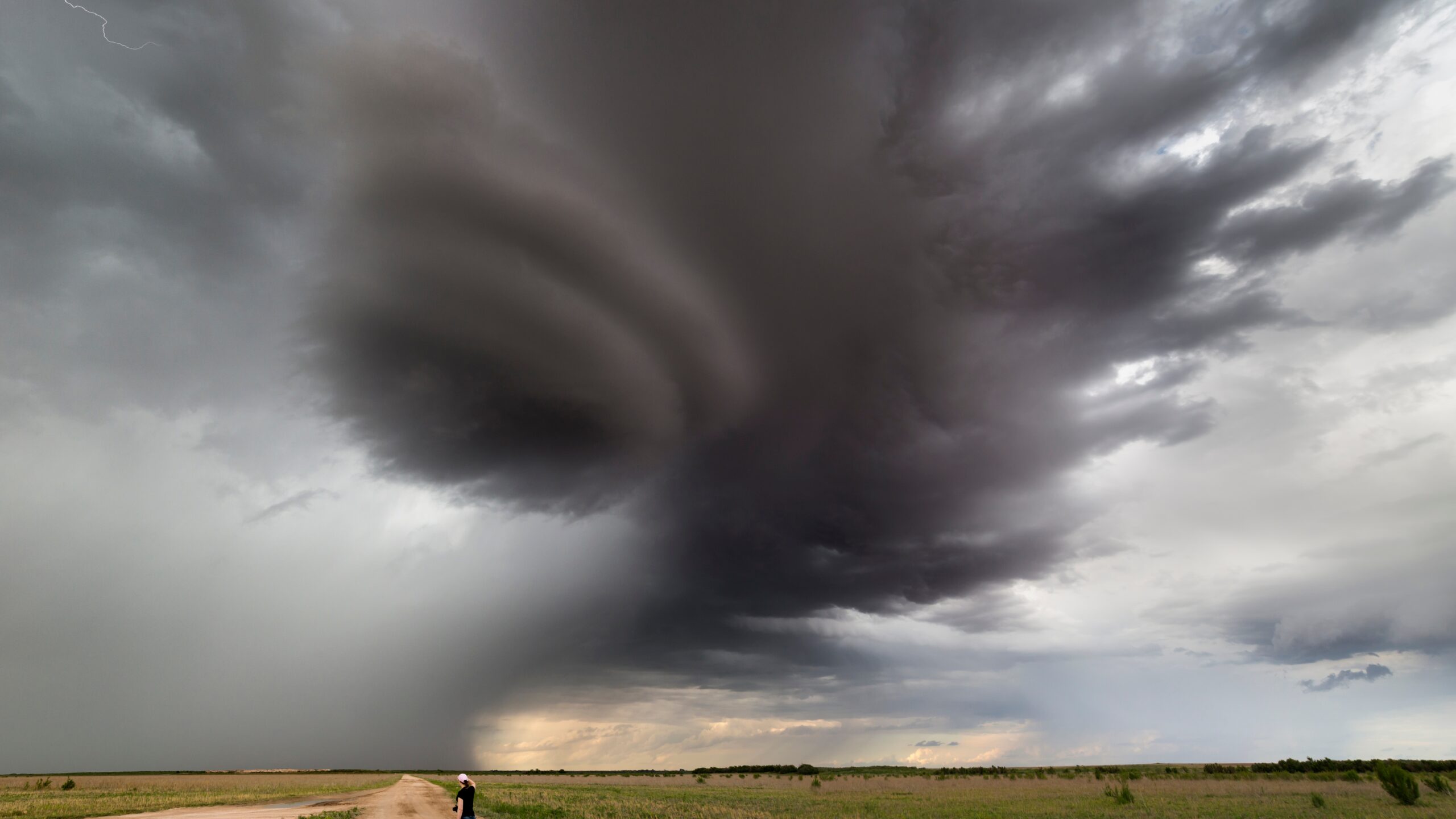Hurricanes and tornadoes are both natural disasters that can cause significant destruction. Hurricanes are tropical cyclones that form over warm ocean waters and can cover hundreds of miles, while tornadoes are violent storms that form as a rotating column of air during thunderstorms, usually less than a mile wide. Hurricanes cause extensive flooding and damage over a large area, while tornadoes can be more destructive and deadly in the area they hit. Being prepared and taking appropriate action based on the severity of the storm is important to minimize damage and save lives.
Introduction
Natural disasters are terrifying and destructive events that can wreak havoc on communities and cities. Hurricanes and tornadoes are among the most well-known natural phenomena that cause immense damage to life and property. But what sets them apart? In this article, we will compare and contrast these two devastating natural disasters.
Hurricanes
A hurricane is a tropical cyclone that forms over warm ocean waters. The cyclone consists of rotating winds and thunderstorms, and it can cover hundreds of miles. Hurricanes are classified according to the Saffir-Simpson Hurricane Wind Scale ranging from Category 1, which is the weakest, to Category 5, which is the strongest.
Formation
A hurricane forms when warm air rises from the ocean surface and meets colder air in the upper atmosphere. This causes the air pressure to drop, and the moist air condenses to form clouds. As the wind speed increases, the storm intensifies, and it can reach wind speeds of over 74 miles per hour.
Damage
The main dangers of hurricanes are storm surges, high winds, and heavy rainfalls. Storm surges can cause devastating flooding, while high winds can blow down trees, power lines, and buildings. Heavy rainfalls can cause flash floods and mudslides, leading to loss of life and property.
Tornadoes
Tornadoes are violent and destructive storms that form as a rotating column of air during thunderstorms. They are known for their high wind speeds and destructive power. Tornadoes are measured using the Enhanced Fujita Scale, ranging from EF0 to EF5.
Formation
A tornado forms when a thunderstorm develops a rotating updraft, which creates a spinning column of air. The tornado can move in any direction and can be a few yards wide to more than a mile wide. Tornadoes are more frequent in the United States, particularly in a region called Tornado Alley.
Damage
The high wind speeds of tornadoes can cause massive damage, including uprooting trees, destroying buildings, and throwing objects around. Tornadoes can also cause injury and loss of life, especially if people are caught in their path.
Comparing Hurricanes and Tornadoes
Although hurricanes and tornadoes are both violent and destructive natural disasters, they have distinct differences.
Difference in Size
One noticeable difference is their size. Hurricanes are much larger than tornadoes, covering hundreds of miles while tornadoes are usually less than a mile wide.
Difference in Formation
Another difference is how they form. Hurricanes form over water, while tornadoes form on land.
Difference in Frequency
Tornadoes are more frequent than hurricanes, occurring several times a year in the United States, while hurricanes often occur only once or twice per year.
Difference in Damage
The impact of these disasters also differs, with hurricanes causing extensive flooding and damage over a large area, while tornadoes can be more localized, but more destructive and deadly in the area they hit.
Conclusion
In summary, hurricanes and tornadoes are both natural disasters that pose a significant threat to life and property. While they share some similarities, they have distinct differences that set them apart. The key to surviving these disasters is being prepared and taking appropriate action based on the severity of the storm. By understanding the nature of hurricanes and tornadoes, and taking necessary precautions, communities and individuals can minimize the damage and save lives.
